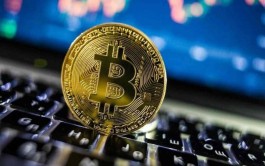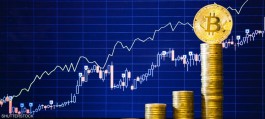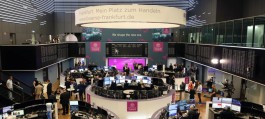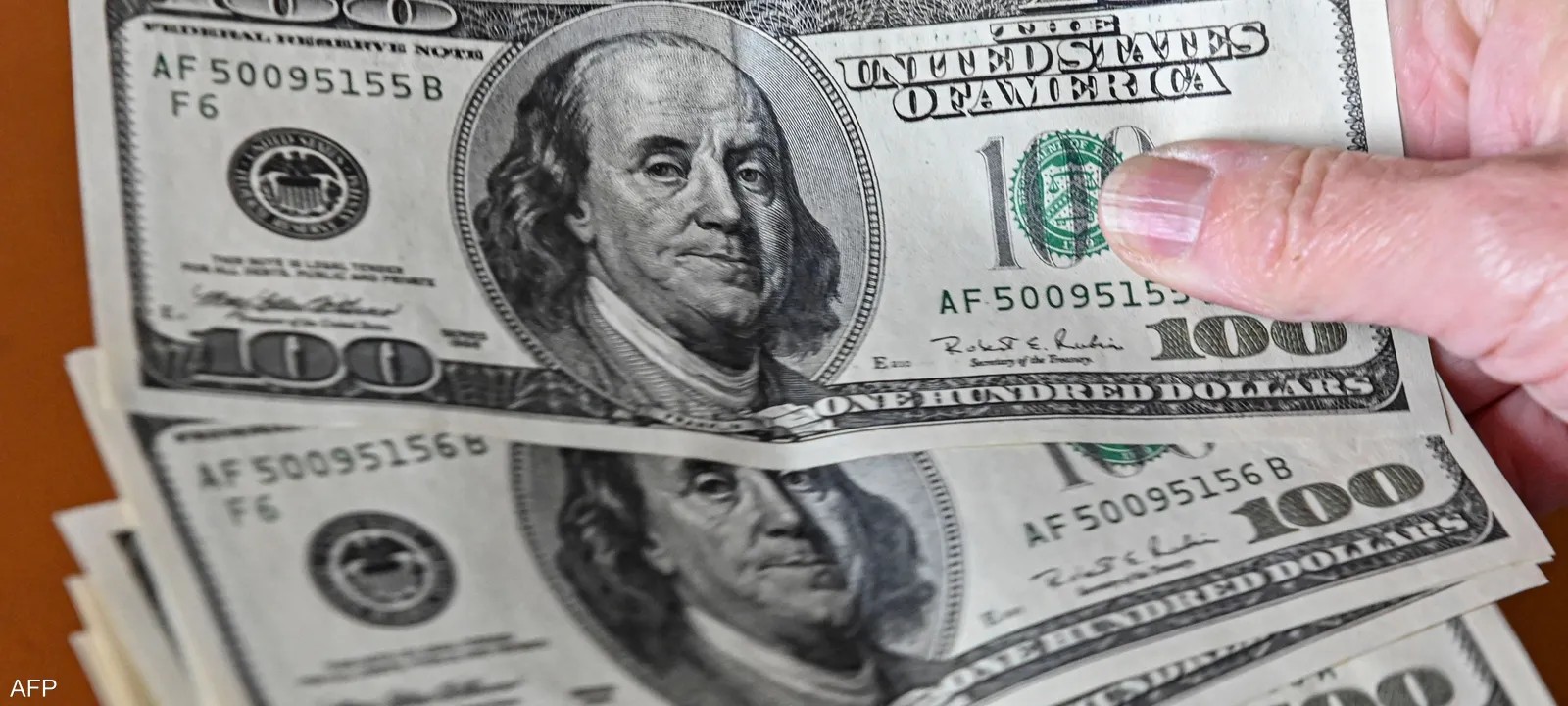An underlying concept behind this year's surge in riskier US assets is that when it comes to the dollar, there is no alternative.
The dollar is very close to its record high during the coronavirus pandemic, and is on track for its best year since 2020. According to the US currency index against the currencies of the United States’ largest trading partners, it is 17% higher than its average over the past two decades.
Broad-based signs of continued strength in the U.S. economy have fueled recent gains, and the resilience of the economy has forced speculators across markets to quickly abandon expectations of an imminent start to monetary policy easing by the Federal Reserve. Dollar bears now face the prospect of higher key interest rates for longer, which could support the greenback. But the dollar’s strength lies deeper than that.
Key pillars of support—from U.S. productivity growth and economic dynamism to a flood of investment in U.S. assets and domestic technological prowess in critical areas like artificial intelligence—support the dollar’s dominant role as the global reserve currency despite any short-term ups and downs. These economic fundamentals should mitigate the impact of Fed rate cuts if they occur and, by keeping the U.S. economy ahead of its global peers, support the narrative of American exceptionalism for the foreseeable future.
There is no alternative.
“There is no alternative to the dollar as its strength is related to long-term macroeconomic factors, which are not a cycle but a trend,” said Themistokles Viotakis, head of foreign exchange strategy at Barclays Bank in London.
In recent weeks, big players have been unwinding bearish bets made in December. Non-commercial speculators — a group that includes hedge funds, asset managers and speculative investors — have reduced their short dollar positions to the point where they are virtually flat, according to the latest data from the Commodity Futures Trading Commission.
The Fed’s reassessment of expectations was a huge adjustment, said Candice Bangsund, a portfolio manager at Montreal-based asset manager Viera Capital. “The outlook has moved a lot in the bond market and obviously that’s spilling over into the currency markets as well,” she said.
Economists this month raised their forecast for U.S. growth in 2024 to 2.1% and cut the chances of a recession to 40%, according to the latest monthly Bloomberg survey of economist forecasters.
“If U.S. growth remains the highest among major developed markets and interest rates on dollar assets do not fall in a big way, there is certainly no reason for the dollar to fall,” said Kiyoshi Ishigan, senior fund manager at Mitsubishi UFJ Asset Management in Tokyo.
US assets
The United States is reaping benefits—at least for now—from a productivity boom that could insulate the economy from the global slowdown. But the short-term effects are just byproducts of a stronger underlying trend, says Barclays’ Viotakis.
“The United States has invested and continues to double down on a business model that is primarily geared toward boosting the domestic economy in ways that are underappreciated,” Viotakis said in an interview, pointing to increased commodity production and the global reach of major U.S.-based tech companies.
The dollar’s gains this year have also come notably alongside a rally in U.S. stocks, most recently highlighted by the surge in chipmaker Nvidia shares following its strong earnings report last week, which has brought a steady flow of capital into the United States. The influx of money signals long-term, stable returns on capital, which has also served to cushion the dollar from declines.
This year, the G7 index of big tech stocks, which includes Nvidia as well as companies like Alphabet, Apple and Microsoft, is up about 13%, compared with less than 5% for the global stock index. Since 2015, the G7 has outperformed the broader indexes several times.
The prospect of strong returns from U.S. assets is proving tough to beat, a group of Goldman Sachs currency strategists led by Kamakshya Trivedi wrote in a recent note to clients, though they added that the dollar has now reached or exceeded the bank’s near-term expectations.
Foreign markets
In a separate report last year, Goldman’s macro strategists estimated that the U.S. share of global portfolio investment assets would rise to about 26% by 2022, compared with about 16% in 2005.
The US outperformance comes amid slowing growth in Europe, with the latest Eurostat data pointing to economic activity stagnating towards the end of 2023, and growing concerns over China’s struggling property sector. In China, balance of payments figures for last year showed foreign direct investment rising at its slowest level since the early 1990s.
“It’s hard to say that the dollar strength is just cyclical,” Meera Chandan, co-head of global FX strategy at JPMorgan Chase, said in an interview. “There’s a yield exception, there’s a growth exception, and the stock market has had a yield exception compared to Europe and China.”
JPMorgan strategists expect the euro to fall to $1.05 by mid-year, from around $1.08 now, and the trade-weighted dollar index to rise by June before falling by the end of the year.
The dollar’s dominance has side effects. In the United States, a strong dollar can hurt corporate profits by affecting overseas sales, a key risk highlighted recently in an annual report by the international investment firm Carlyle Group.
For other countries, a high-value dollar is more than just a problem. It increases import costs, increases inflationary pressures, and can put monetary policymakers in a difficult position, requiring interest rate hikes to prevent capital flight.
Impact of policies
There are politics and economic policies, both of which pose their own risks. Some Wall Street strategists believe that the growing likelihood of Donald Trump’s candidacy for the U.S. presidency would be positive for the dollar in the near term, as proposed economic policies—such as a 10 percent global tariff on imported goods—could ultimately support the U.S. trade balance in the near future. But there is the risk of a backlash that would jeopardize the dollar’s standing, along with a potentially toxic combination of worsening governance and a growing U.S. deficit.
“Thanks to the US dollar’s status as the global reserve currency, the US has had the luxury of being able to run a large deficit,” Johanna Kirklund, group chief investment officer and co-chief investment officer at Schroders, wrote in a recent note. “However, signs of fiscal profligacy by election candidates could cause markets to lose patience.”
So far, these factors have not yet affected the global supremacy of the US currency, or the patience of the markets that support it.
Jean-Louis, senior adviser in long-term strategy at JPMorgan, said: “This is a huge problem for international investors. What do you do about this huge US market that now represents more than 60% of stocks and bonds globally? Can you ignore this market?”




































